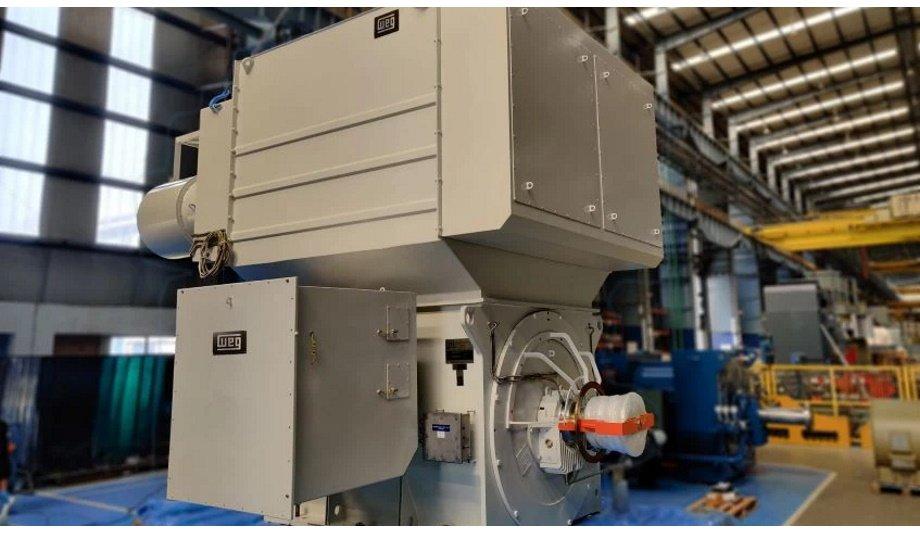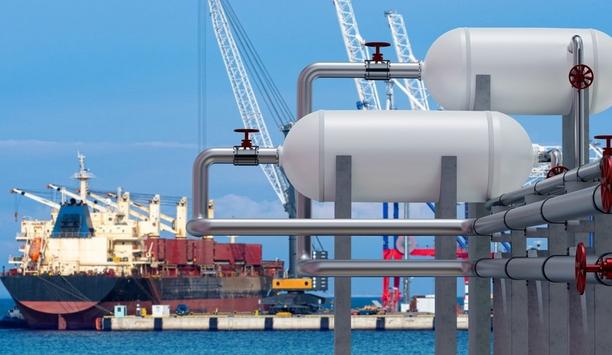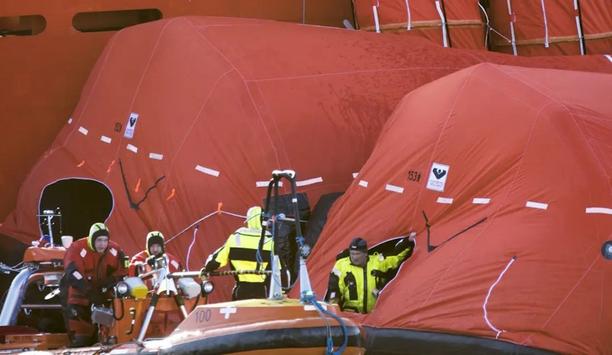The USA (United States of America) is already a top exporter of liquefied natural gas (LNG), but the current global energy landscape is requiring a huge effort from the industry community, in order to build additional infrastructure in record time.
Natural gas is methane and the liquefaction process is used for transportation on long distances, such as between continents, where pipelines solutions are not viable. The volume of the LNG is 1/600th of its volume as gas.
Building modular floating liquefaction facilities
One of the multiple ongoing active projects aims to build modular floating liquefaction facilities
One of the multiple ongoing active projects aims to build modular floating liquefaction facilities, with 2.8 mtpa (metric tons per annum) capacity that could be deployed to locations, where there is stranded gas, such as the Gulf of Mexico in the USA.
The modular design allows for a lower capital cost and a quicker deployment schedule. WEG has a key role on this new project development, supplying 12,150 kVA gas turbine generators, 17,800 HP feed gas booster compressor motor and soft-starter, 6,600 HP boil-off gas compressor motors and many LV motors, through multiple package vendors.
LNG plays a key role in the transition to cleaner energy
Operations of the first unit are slated to begin in early 2023 and WEG is already assigned for a second duplicated vessel.
Elder Stringari, WEG International Director, said “LNG plays an important role in the transition to cleaner energy, so WEG is watching these investments very closely.”











